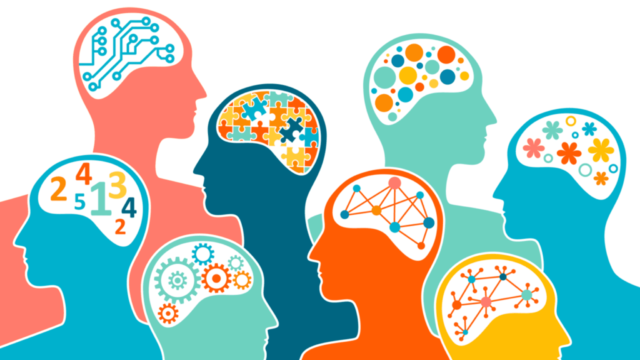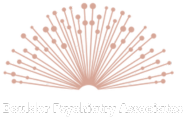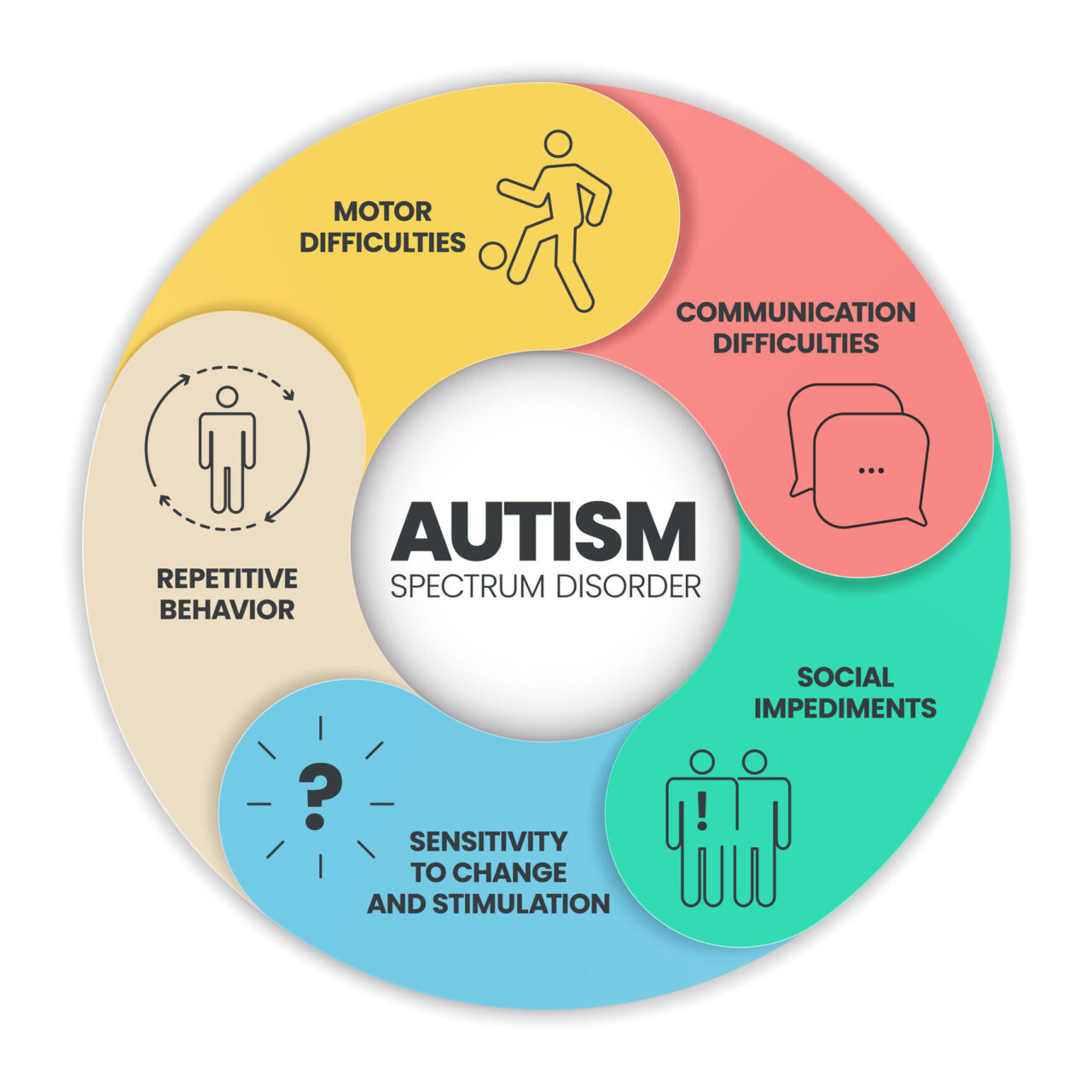I receive inquiries daily regarding whether I perform Autism Testing. The answer depends significantly on the individual’s age. For younger children, typically aged 18–24 months, testing often involves comprehensive evaluations, such as a written report (commonly referred to as a “neuro-psych exam”), which assists in obtaining necessary services or accommodations.[^1]. Early identification and diagnosis are crucial as they enable timely interventions, which significantly improve outcomes. Testing provides insights into strengths and challenges, facilitating tailored interventions, therapies, and support systems.[^2]
For adults, whom I typically examine, especially post-college-age, testing primarily serves to foster self-awareness and understanding, as specialized services for adults are less common.[^3] Such individuals often seek to comprehend lifelong challenges, validate their experiences, and customize therapeutic interventions. Several screening tools are used for identifying autism traits, such as the Autism Spectrum Quotient (AQ), a self-report questionnaire assessing autistic traits; higher scores indicate the need for further evaluation.[^4] The Ritvo Autism Asperger Diagnostic Scale-Revised (RAADS-R) is a self-assessment that evaluates social, sensory-motor, and language domains.[^5] The Social Responsiveness Scale, Second Edition (SRS-2), measures social impairments and difficulties in social communication.[^6]
Elevated scores typically lead to more comprehensive evaluations conducted by professionals experienced in adult autism diagnosis. These evaluations include clinical interviews to review developmental history and current behaviors, as well as observation-based tools such as the Autism Diagnostic Observation Schedule, Module 4 (ADOS-2), including adult-modified versions.[^7] Specialized tools also assess sensory integration issues.[^8] Self-report and informant tools, such as the Autism Spectrum Disorder in Adults (ASD) and Adult Asperger Assessment (AAA), further assist in diagnosis.[^9]

Diagnosis can be complicated by “masking,” where individuals consciously or unconsciously suppress or hide autistic traits to fit societal norms.[^10]
Masking strategies include mimicking social behaviors, suppressing natural responses, overcompensating in social situations, and concealing special interests or emotional challenges.[^11] Co-occurring conditions such as ADHD, anxiety, or PTSD often intertwine with autism diagnoses, making identification more challenging.[^12] Masking helps individuals avoid social rejection but carries significant consequences, such as emotional exhaustion, mental health challenges, delayed diagnosis, and difficulties in relationships.[^13]
For many, reducing masking is vital for self-acceptance. This process involves recognizing one’s identity, building supportive networks, and engaging in therapies that encourage self-expression and authenticity. Reducing societal stigma and fostering neurodiversity are crucial steps in this journey.[^14].
To learn more or schedule a session with me, please fill out the contact form.
Footnotes
- Smith, J. (2015). Neuropsychological Assessment for Autism. New York: Academic Press, p. 27.
- Johnson, L. (2019). The Role of Early Diagnosis in Autism Spectrum Disorders. Chicago: Behavioral Science Publications, p. 52.
- Turner, A. (2017). Understanding Autism in Adulthood: Challenges and Interventions. London: Neurodiverse Press, p. 93.
- Baron-Cohen, S. (2001). The Essential Autism Toolkit. Cambridge: Autism Research Institute, p. 118.
- Ritvo, E. (2008). RAADS-R User Guide. Los Angeles: Autism Diagnostics Inc., p. 41.
- Constantino, J. (2012). Social Responsiveness in Autism. Boston: Behavioral Metrics, p. 67.
- Lord, C., & Rutter, M. (2012). Autism Diagnostic Observation Schedule: A Practitioner’s Guide. Oxford: Clinical Autism Series, p. 33.
- Miller, L. (2007). Sensory Processing in Autism Spectrum Disorders. Philadelphia: Pediatric Press, p. 88.
- Attwood, T. (2006). Adult Asperger Assessment Manual. New York: Diagnostic Horizons, p. 55.
- Hull, L. (2020). Camouflaging and Autism: A Comprehensive Study. London: Neurodiverse Minds, p. 109.
- Pellicano, E. (2018). Understanding Social Behaviors in Autism. Melbourne: Autism Studies Journal, Vol. 24, p. 145.
- Rogers, S. (2016). Comorbidities in Autism Spectrum Disorders. Seattle: Clinical Mental Health Publications, p. 198.
- Lai, M.-C. (2017). The Costs of Camouflaging in Autism. Toronto: Behavioral Health Review, Vol. 19, p. 76.
- Silberman, S. (2015). NeuroTribes: The Legacy of Autism and the Future of Neurodiversity. New York: Penguin Random House, p. 320.




